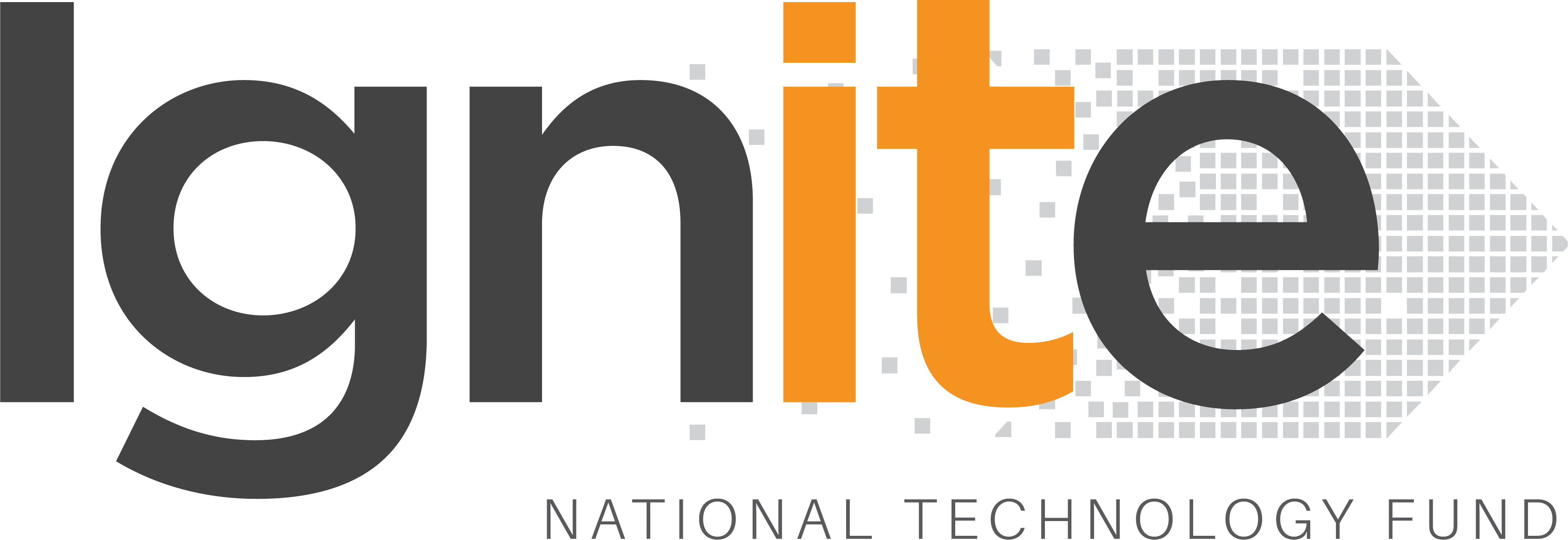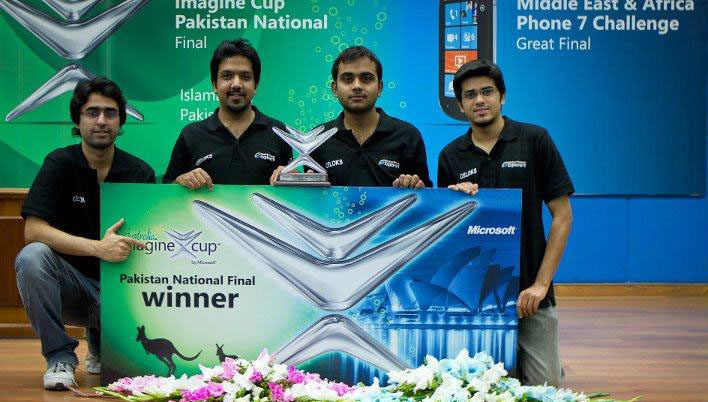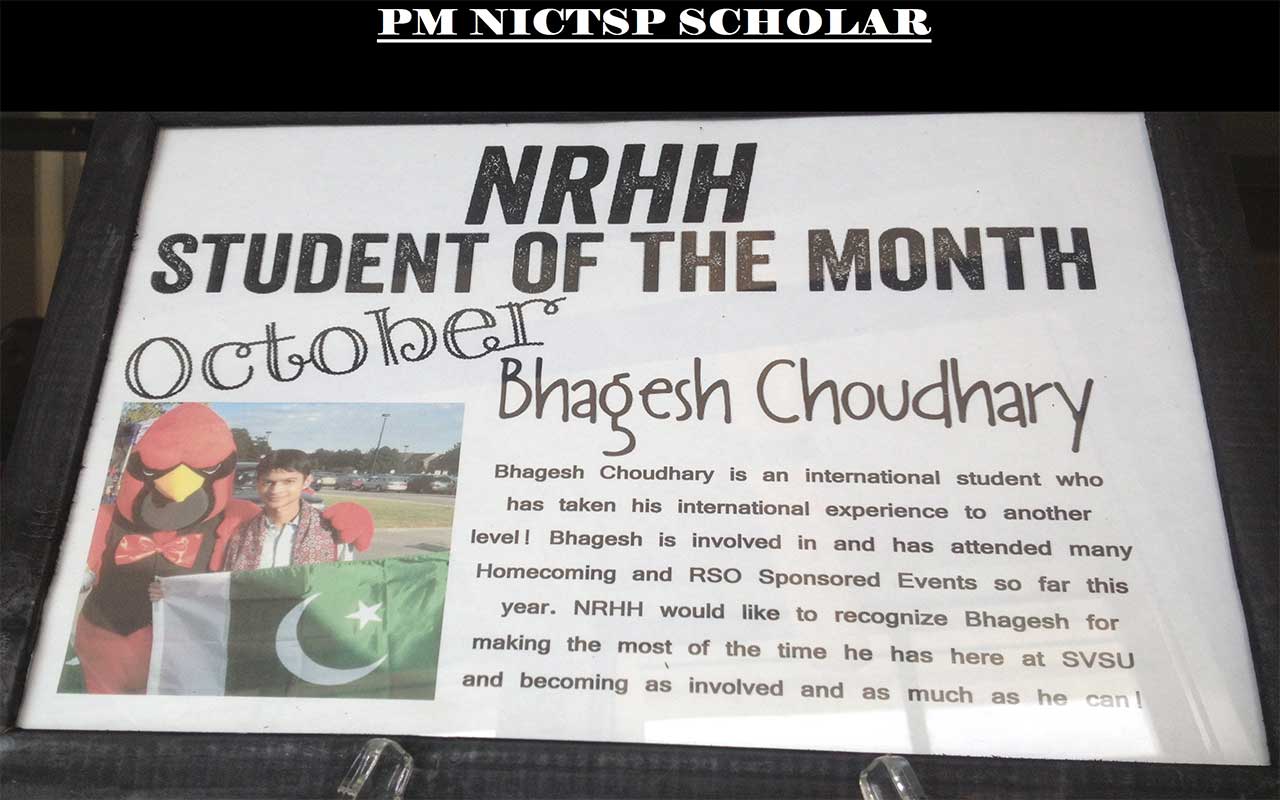gnite (Formerly National ICT R&D Fund) has funded four technical R&D project proposals; Design and development of Intelligent Mobile Robots (IMRs) for disaster mitigation and firefighting – The scope of the project is to develop a group of intelligent cooperative firefighting and disaster mitigation mobile robots which can perform critical operations in adverse circumstances and hazardous environments that are beyond the means of human beings. Mobile robots can become part of the work force of our firefighting machinery. These IMRs will have features such as fire detection and extinguishing, intelligent behavior to track the target while avoiding collision, formation movement, autonomous and manual control.
The aim of the project is to develop a small team of intelligent mobile robots with all the state of the art technologies embedded onto a single board. The board will be mounted on the mobile robots that will enable the robots to take decision on the run and create an ad-hoc network on the location.These indigenous IMRs can also form part of the inventory of our industries, hospitals and offices. The intelligent mobile robots will be able to execute tasks such as object detection in a complex terrain and surveying by incorporating intelligent techniques and robust control algorithms. The mobile robots will be equipped with all the modern sensing and communication devices with onboard computational capabilities.
The second project; Development of the Aircraft In-Flight Loads Computer Software aims to automate the extensive nature of the loading conditions comprising more than 300 load cases that every aircraft structural design may have to pass. The development of the aircraft loads software is the need of the time that should cater the aviation regulations requirements as well as the various features that are considered to be the core of the aero-structural design of the aircraft.
The loads calculation requires automated standard computer software that should simulate all these loading conditions as prescribed in the American Federal Aviation Regulations (FAR) and European Aviation Safety Agency (EASA) CS standards. Manual loads calculation is not only hectic but also remain prone to serious errors.
The development of in-flight structural loads computer software, which, apart from the structural loads, would actually solve a fully integrated aeroservoelastic (ASE) system, will open a new era in the general aviation industry by giving a state of the art solution in the field of aircraft loads and dynamics.ASE contains the unsteady aerodynamics solver to compute the air loads on the aircraft, the structural dynamics solver to compute the vibration characteristics of the aircraft structure and lastly the flight dynamics with controls solver will compute the rigid-body dynamics of the aircraft. The commercial version of the software would provide a comprehensive package at an affordable price, addressing the entire in-flight load cases in accordance with the general aviation regulations.
The primary purpose of the third funded project; An Open-Source Project for Accessible LaTeX-based Authoring and Presentation of Mathematical Documents (ALAP) is to develop an open-source software system, called ALAP. This integrated accessible LaTeX-based authoring and presentation software will provide advanced math-to-speech capabilities and a foundation for math-to-Braille to persons with vision impairments (PVIs).
Many documents contain mathematical notations that are generally not accessible to the blind and low vision person. There are no commonly-available and standard ways of accessible math authoring and presentation. Although several technologies have been proposed for accessible math, none of them are available in an integrated open-source software system. Popular text-to-speech software like JAWS and NVDA are incapable of reading math notations in documents.
Among the scientific community, LaTeX is the most popular authoring system for scientific and technical documents. LaTeX source files are usually converted to the PDF for presentation. However, PDF documents are not fully accessible; their math content cannot be read by PVIs. Currently, no robust, integrated, and open-source (freely-available) software offers capabilities supporting accessible authoring, editing, sharing, and presentation. ALAP will provide math-to-speech synthesis for accurate audible rendering of mathematical content in documents, ease of use for persons with vision impairments (PVIs) with robust editing and navigation control for authoring and presentation of documents containing mathematical content and reliance on free and open-source technologies.
The primary beneficiaries of this project will be PVIs in general and educational/business organizations that deal with such mathematical content.
The fourth funded project Design and Development of an RF Coverage Optimization System using Spatio-Temporal Mobile User Densities and Autonomic Network Management Approach aims to provide spatio-temporal user information for network performance evaluation to wireless mobile communication network operators. This should be a matter of great interest to operators as a spatio-temporal signal quality database would not only indicate the trends of the user population in certain area at certain time but also provide them far more reliable coverage information than what is achieved through their current drive tests.
The project intends to indigenously develop a cost effective solution comprising a set of SW applications running on different location-aware mobile handsets and another one running on a centralized RF coverage optimization server collecting all of that data and performing authentication, data validation, data analysis functions and creating necessary reports and determining the state of key performance indices and recommending actions, if any, that might be necessary without having any dependence on the existing network operator infrastructure thus being termed as autonomous network management and RF coverage optimization.




